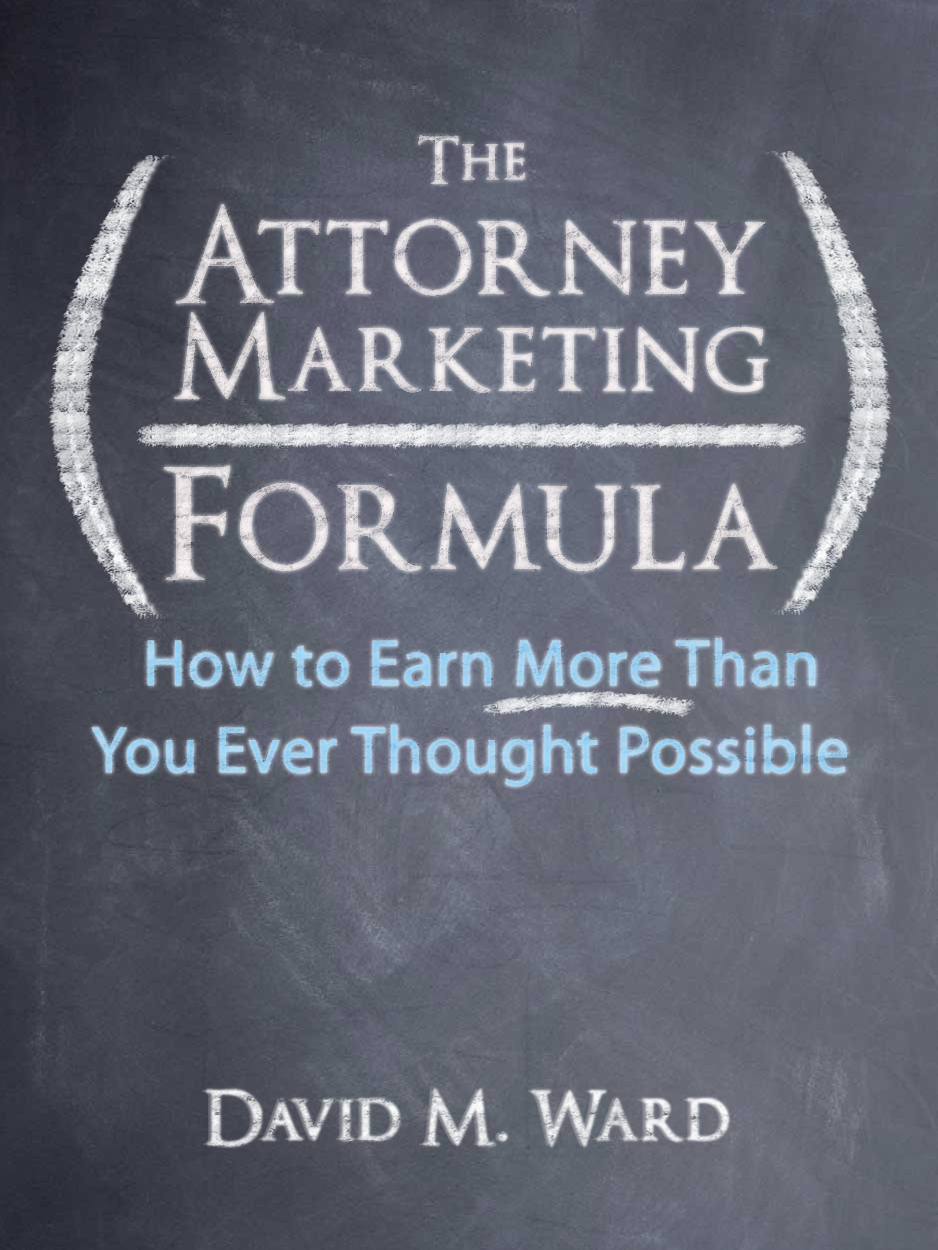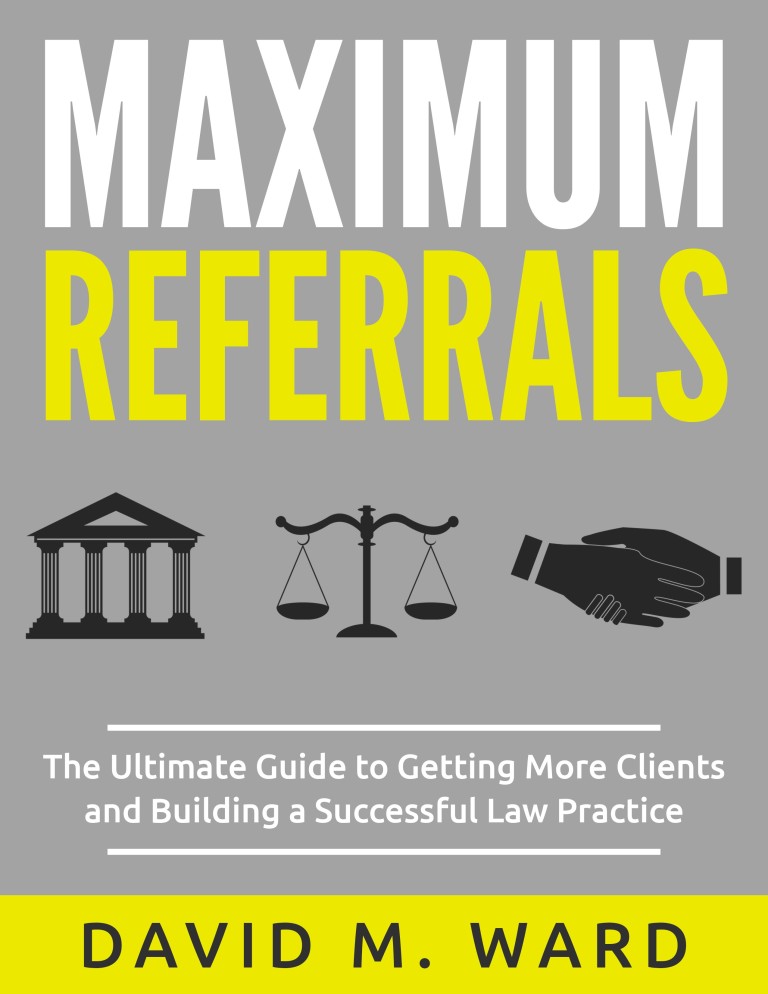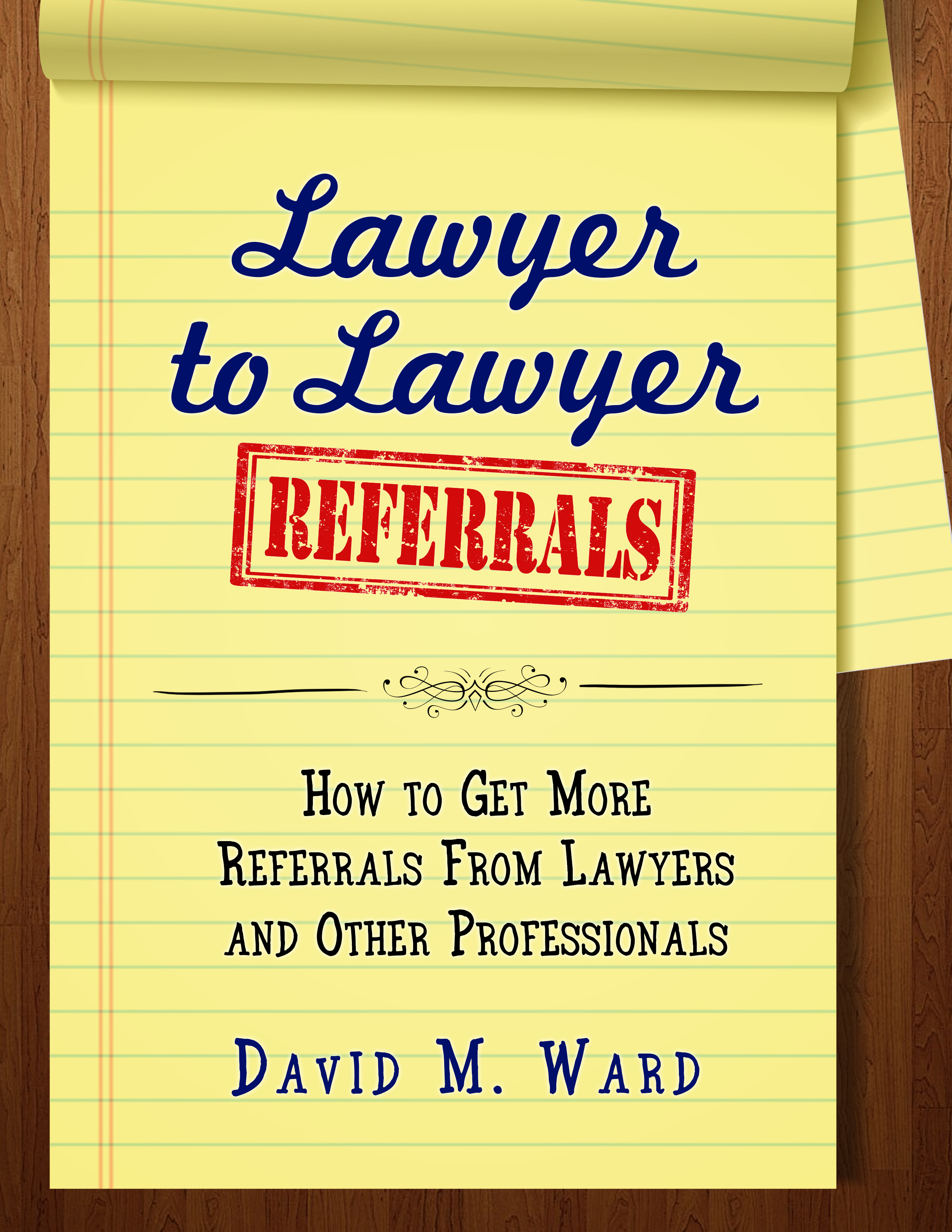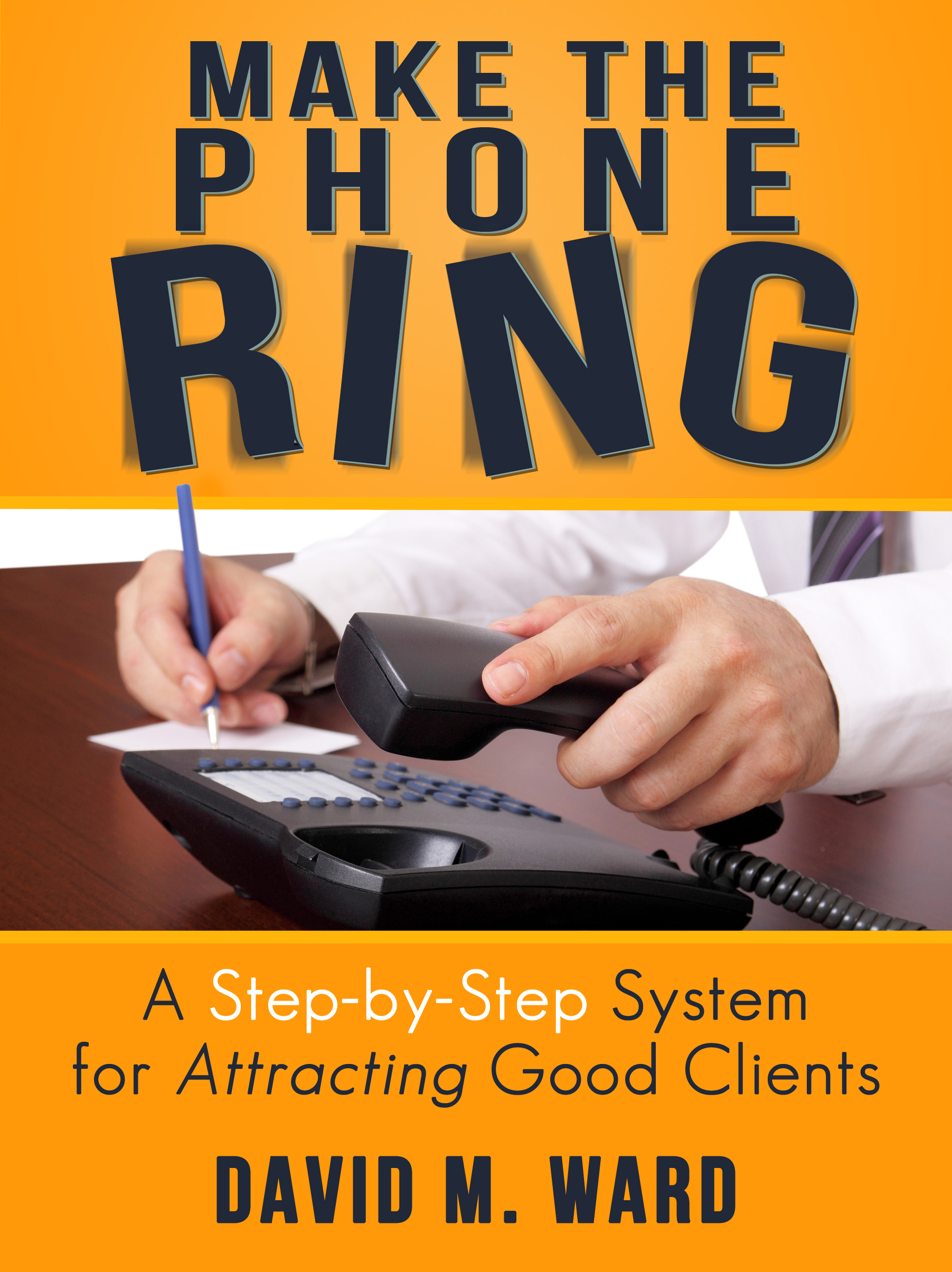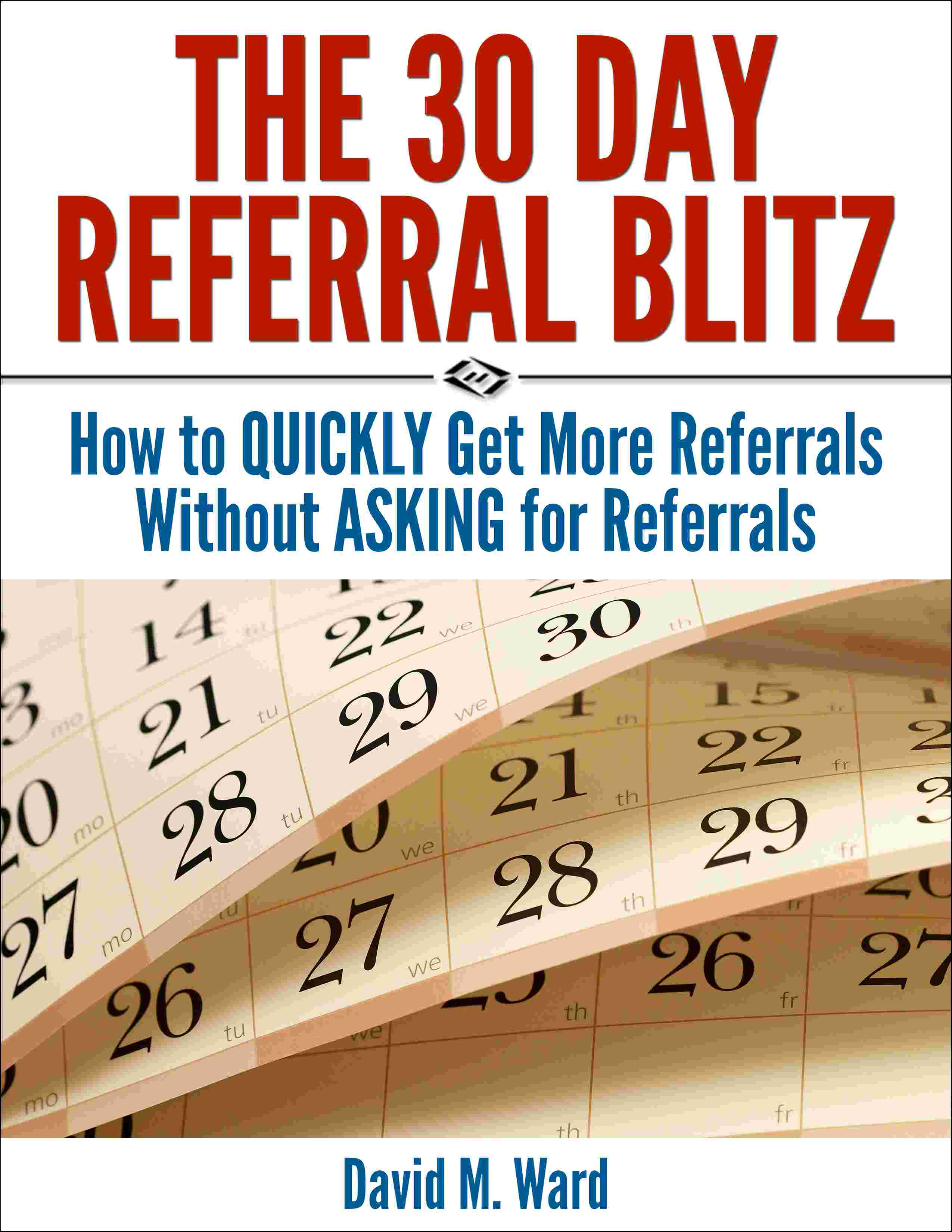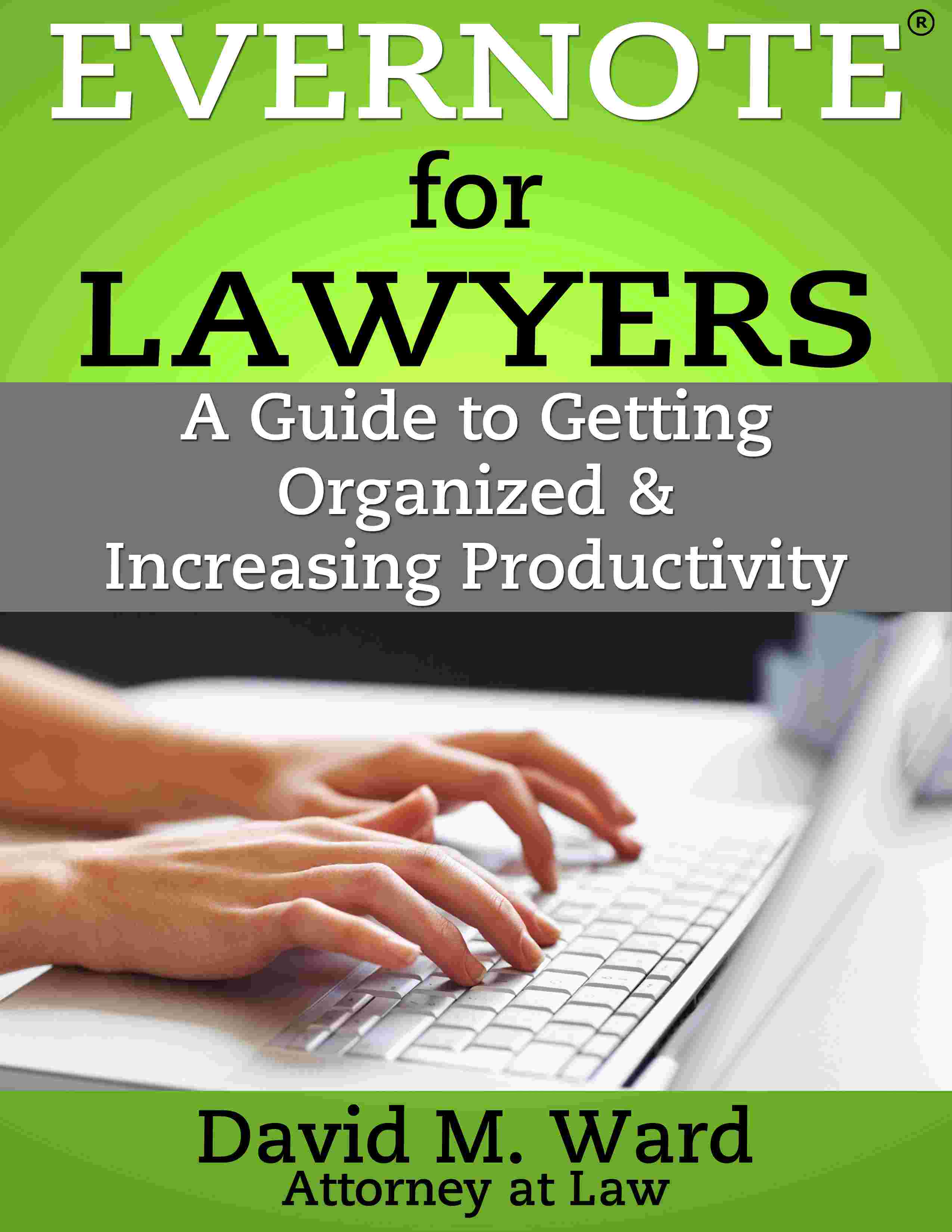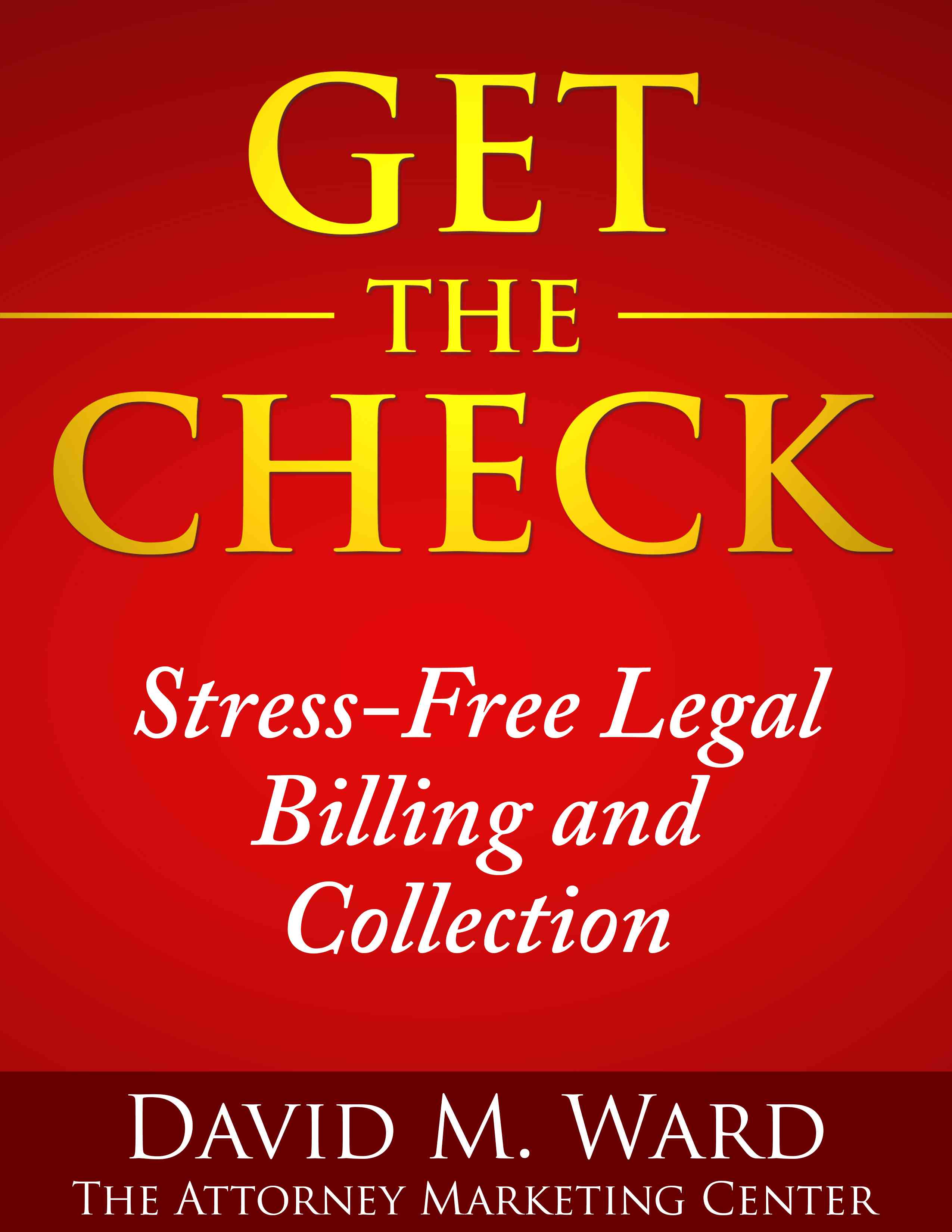My accountant and I recently started using a shared Dropbox folder to exchange documents. I spoke to him the other day about a bunch of things and when we were done, I asked if he wants me to keep everything in that folder, or could I remove them.
Some things I want to put elsewhere. Some things I want to trash.
He said I could do anything I wanted with those documents, they’re all copies.
One reason I asked is that every year he sends me an inch-thick booklet of “literature” to read, information about changes in tax law, recommended record-keeping practices, and various strategies for reducing taxes.
It’s a lot to read and I’m sure it’s very good but I usually don’t read it.
I always assumed it was canned material, purchased from a service that sells research and recommendations to CPAs to send to their clients. Something he and a thousand other CPAs stick in the envelope (or dropbox folder) they send to clients each year.
Boilerplate. Generic. Boring.
But I was wrong. He told me he writes all of it.
I was impressed (and told him so) and embarrassed that, at best, I only skimmed his good work.
My fault for assuming. His fault for not letting me know he wrote it.
Had I known that, I would have read (some of) it and probably found something I could use. At the very least, I would have been even more impressed at how smart he is and how hard he works for his clients.
So that’s my message to you. If you write or record something, send it to your clients and prospects, even if it’s not completely applicable to their case or situation. And make sure they know you wrote it.
You want them to know that you’re smart, good at your job, and work hard for your clients. You want them to feel good about choosing you as their attorney.
Pretty sure you want that too.

